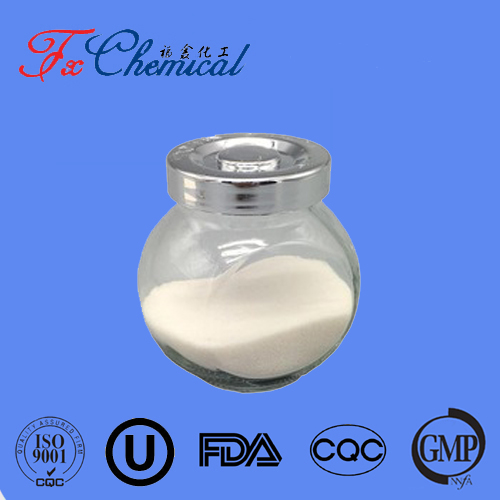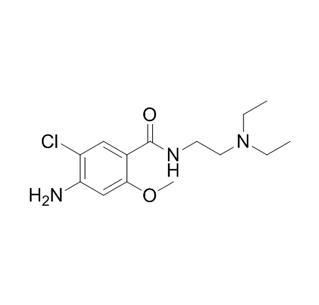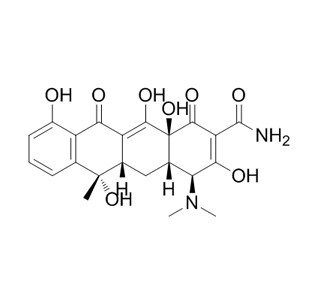
Search

Search

Vitamins are essential nutrients that support numerous functions in our bodies, from promoting growth and development to maintaining overall health. Behind the potency of vitamins lies a selection of key raw materials that serve as the foundation for their effectiveness. In this blog, we will unveil the raw materials that contribute to the potency of vitamins, shedding light on their unique properties and the role they play in supporting our well-being.
Vitamin A, known for its importance in vision and immune function, derives its potency from two main groups of raw materials: retinoids and carotenoids. Retinoids, found in animal sources, provide preformed vitamin A, while carotenoids, abundant in colorful fruits and vegetables, act as precursors that our bodies convert into vitamin A. We will explore how these raw materials contribute to the potency and bioavailability of vitamin A.
Vitamin C, renowned for its antioxidant properties and its role in collagen synthesis, derives its potency from ascorbic acid. Ascorbic acid is the key raw material that constitutes vitamin C supplements, and it can be sourced from various natural sources such as citrus fruits, berries, and leafy greens. We will delve into the properties of ascorbic acid and its contribution to the potency and stability of vitamin C.
Vitamin D, often referred to as the "sunshine vitamin," is unique as our bodies can synthesize it when exposed to sunlight. However, raw materials play a crucial role in vitamin D supplementation. The precursor to active vitamin D, 7-dehydrocholesterol, is derived from cholesterol present in the skin. We will uncover the role of raw materials in supporting vitamin D production and how they contribute to the potency of this essential nutrient.
Vitamin E, known for its antioxidant properties and its role in protecting cell membranes, encompasses a group of compounds called tocopherols and tocotrienols. These raw materials, commonly sourced from vegetable oils, nuts, and seeds, contribute to the potency of vitamin E supplements. We will explore the different forms of tocopherols and tocotrienols and how they enhance the antioxidant activity and effectiveness of vitamin E.
Raw materials serve as the building blocks that unlock the potency of vitamins, enabling them to fulfill their essential roles in our bodies. Whether derived from animal sources, fruits and vegetables, or synthesized in our skin, these raw materials contribute to the effectiveness, bioavailability, and stability of vitamins. By understanding the key raw materials behind each vitamin, we gain a deeper appreciation for their potency and the vital role they play in supporting our health and vitality.

Quick Links
Add:
E-mail:
 English
English  Español
Español  français
français  العربية
العربية 


